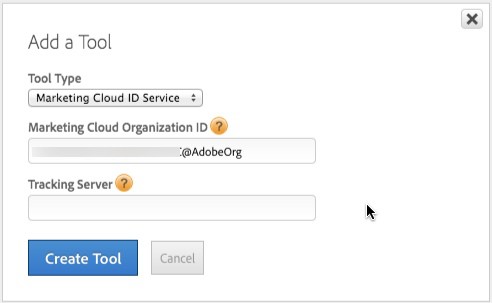Adobe has just released the new Visitor Service code (version 1.3) and the new AppMeasurement code (version 1.4) into your code management area of DTM. To save you hours of frustration I thought I’d provide a little bit of an update based on our testing of it, this will be especially helpful if you’re in Australia.
I will cover a couple of parts:
- new capability if you’re running it natively through DTM
- code changes needed if you’re running it as custom code in your Analytics config
New capability with DTM
Firstly, the DTM guys are on a very impressive turnaround time for updates and have just released new features that allow you to integrate directly with your Analytics config. When you set up an Analytics tag, you can now add in your web service credentials and not only will it check your report suites, but it will also manage all of your AppMeasurement code – the latest being v 1.4.
This is really handy if you’re looking for a “managed” rollout.
We generally add lots of plugins and control code within the main config section, so personally I think we’ll continue to use it as “manually managed via DTM”.
The second part of awesomeness that you might notice is a new item when you click on New Tool. You now have the option to add the ‘Marketing Cloud ID Service’; no more hours spent searching for your Marketing Cloud ID – it’s right there for you.

So basically the Visitor Service is pretty much preconfigured for you, which makes it fairly straight forward to migrate to the service. You’ll need to continue to follow the migration docs from Adobe to enable the service, but you should definitely be migrating at this point as the benefits completely outweigh any additional work you have to do.
Manually adding the Visitor Service.
Alright, so assuming you already have your config highly modified (and you probably should), and are also running the Visitor Service (hopefully), upgrading to version 1.3.1 should be fairly straightforward.
Download the new code from your code manager, and copy in the Visitor Service 1.3.1 and the AppMeasurement 1.4.
But WAIT…
There’s a teensy weensy little undocumented “feature”.
If you’re in Australia (which I guess also means any domain containing 3 periods) then you need to add a little snippet for it all to work:
visitor.cookieDomain = “yourdomain.com.au”;
You will need to add this to the top of your config file, just after you declare the new visitor variable, and before the visitor service code.
Without this little one-liner, you’ll be frantically searching for your Client Care phone number, saying ‘WTF – this doesn’t work!‘ To which you’ll then get the usual response ‘Have you rebooted…?‘ ‘Oh…oops, sorry, it’s much better now.‘
But seriously, without it your visitor cookies will revert back to the old s_vi style, your fallback cookies are going become valuable, and it’s all going to get written on the wrong domain – hell in a hand-basket, and you’ll be left wondering why?
So, make sure you add that little nugget of code. Been there, done that, believe me it will save you some time.
Why you need Visitor Service
There are plenty of reasons why you need the Visitor Service; not least of which is that it writes a first party cookie, even when you don’t have CNAME’s set up. You also get to share a single visitor ID across the various Adobe platforms, and you get to export a standard Visitor ID from DataWarehouse.
And, with it, you can now also apply a Customer ID; you can transfer the Visitor ID across different domains (so you use a common visitor ID across 3rd party domain sites).
So many great things, but if your cookie periods are more than 2, you must add this code – at least for now.
Summing it all up
It’s definitely worthwhile moving to the latest versions of the code base. And that includes the Visitor Service. As Adobe moves to a more and more integrated product solution, where the data is shared more consistently across the products, it’s going to become more important to keep up with their advances in your code base, so that you continue to get the most value out of the platform, and of course, you maintain data accuracy at identifying and counting visitors.



